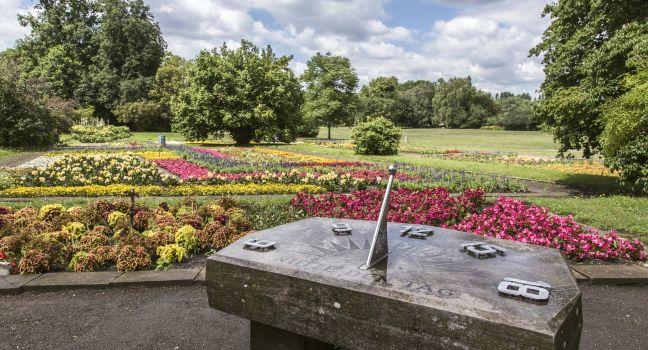Tierpark Hagenbeck
One of the country's oldest and most popular zoos, the Tierpark Hagenbeck was founded in 1907 and is family owned. It was the world's first zoo to let wild animals such as lions, elephants, chimpanzees, and others roam freely in vast, open-air corrals. The




